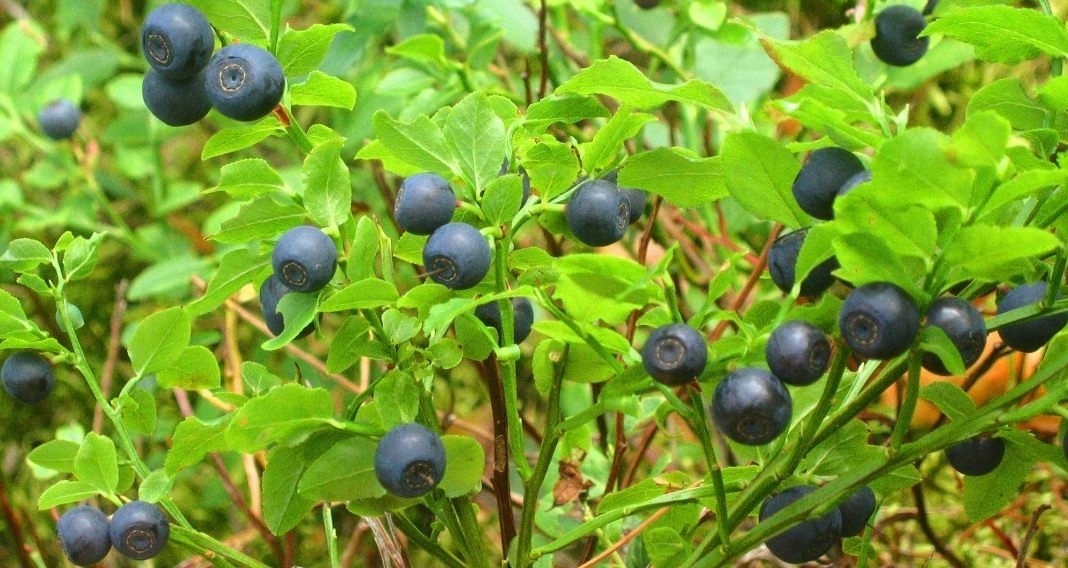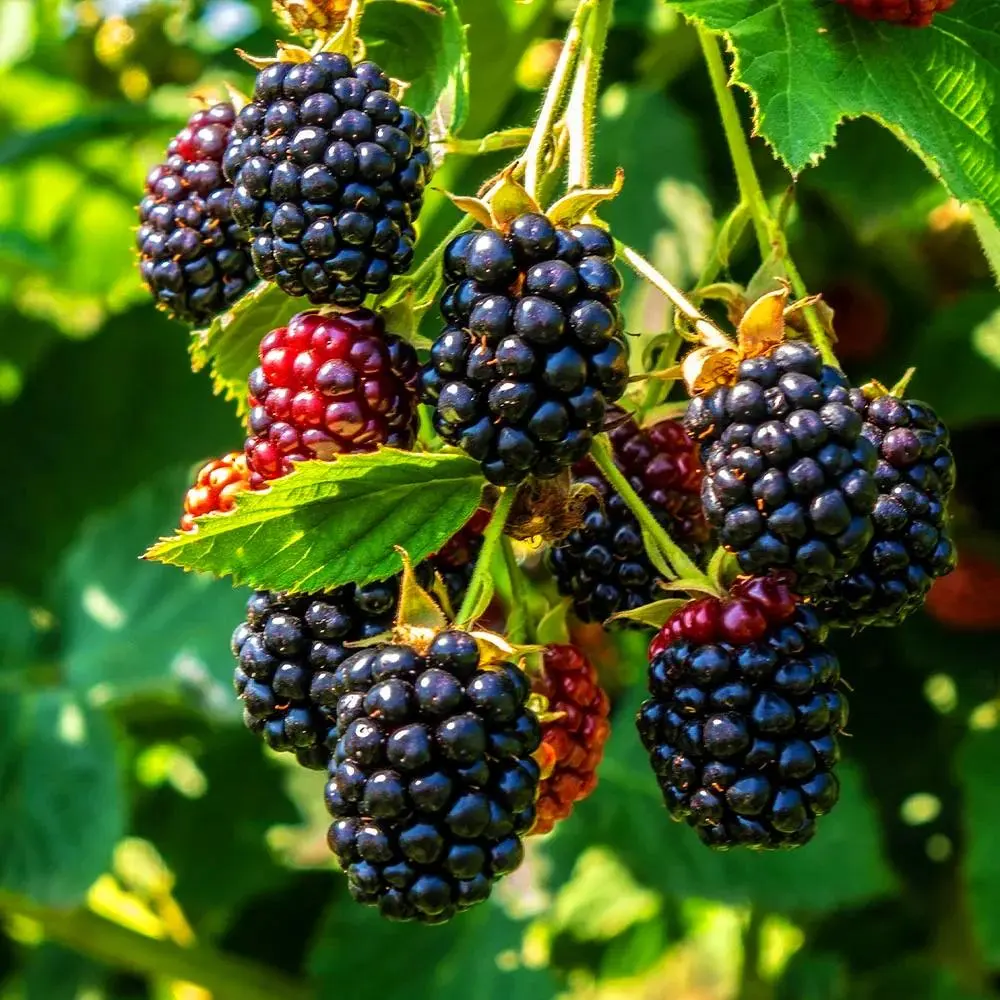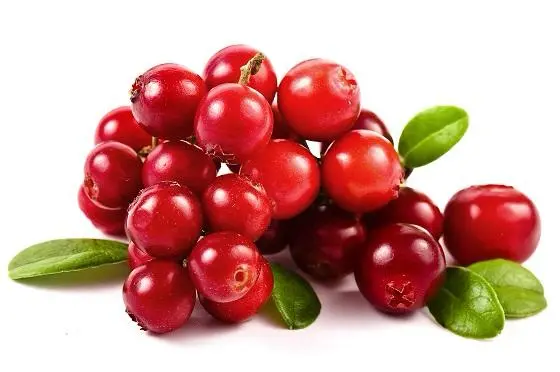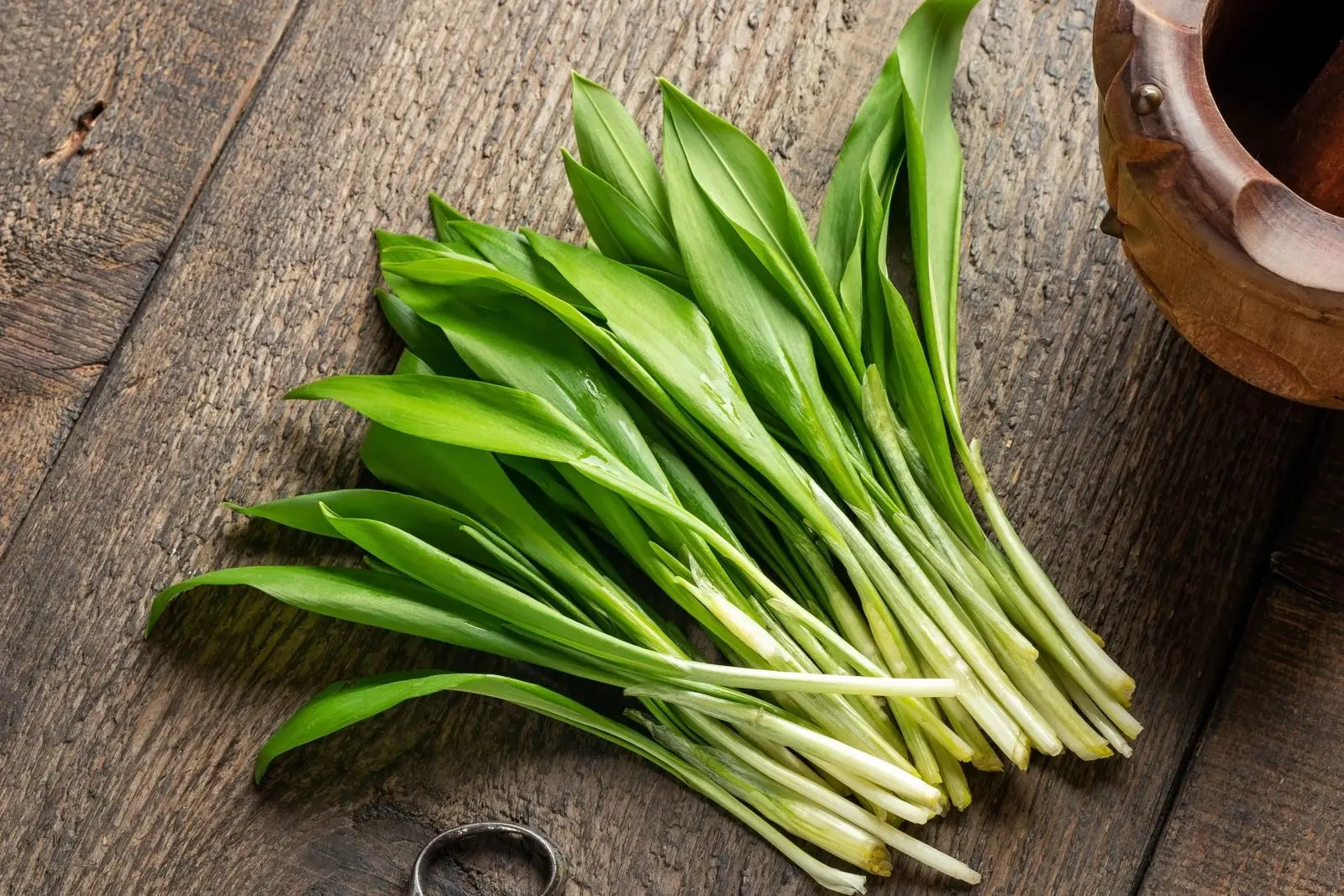
As the last snow melts in the forests of Romania's Apuseni Mountains, one of the first signs of spring is the distinctive aroma of wild garlic wafting through the air. Known locally as "leurda" or "leurdă" (Allium ursinum), this remarkable plant transforms the forest floor into a lush green carpet for several weeks each year, typically from March to May. For generations, Romanians have celebrated this seasonal treasure, harvesting its tender leaves for traditional dishes and natural remedies.
The Forest's First Green Gift
Wild garlic belongs to the Allium family, alongside onions, garlic, and chives, but offers a more delicate, nuanced flavor than its cultivated cousins. In Romanian tradition, it holds a special place as one of the first fresh, green foods available after the long winter months when preserved foods were the mainstay. This timing made it particularly valuable for its nutritional and medicinal properties when people's bodies most needed vitamin and mineral replenishment.
In the Apuseni Mountains, wild garlic thrives in the dappled shade of beech forests with rich, moist soil. These specific growing conditions contribute to its distinctive flavor profile and nutritional composition, which can vary slightly depending on the specific microclimate and soil minerals of the region.
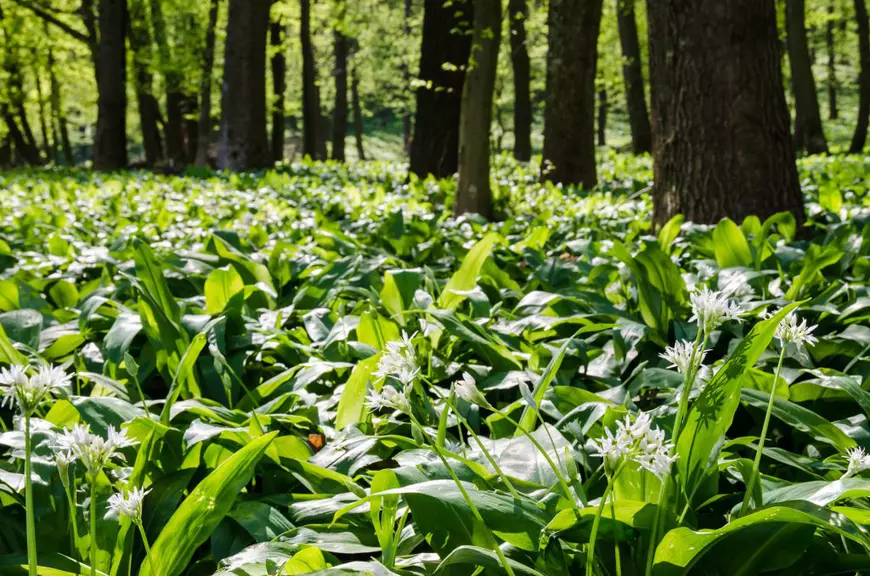
Identifying Wild Garlic
Proper identification of wild garlic is essential, as it can be confused with several toxic plants, particularly lily of the valley (Convallaria majalis) and autumn crocus (Colchicum autumnale), both of which can be deadly if consumed.
Here are the key identifying features of wild garlic:
- Leaves: Broad, elliptical, pointed leaves with a distinct garlic smell when crushed
- Stem: Triangular in cross-section (this is an important distinguishing feature)
- Flowers: Star-shaped white flowers that appear in umbrella-like clusters
- Aroma: The unmistakable scent of garlic when the leaves are bruised or crushed
- Growth Pattern: Often grows in dense carpets, covering large areas of the forest floor
Always crush a leaf to check for the distinctive garlic aroma before harvesting. If there's no garlic smell, it's not wild garlic and could potentially be dangerous.
Nutritional Powerhouse
Wild garlic has been prized in Romanian folk medicine for centuries, and modern nutritional science confirms its impressive health benefits:
- Rich in Vitamins: Contains high levels of vitamin C, vitamin A, and folate
- Mineral Content: Good source of iron, manganese, and other trace minerals
- Sulfur Compounds: Contains allicin and other beneficial sulfur compounds similar to cultivated garlic
- Chlorophyll: High in chlorophyll, which has blood-cleansing properties
- Low in Calories: Nutrient-dense while being very low in calories
Traditionally, wild garlic was used in Romanian folk medicine as a spring tonic to purify the blood, strengthen the immune system, and cleanse the digestive tract after winter. It was also applied externally to wounds for its antibacterial properties and used to treat high blood pressure and arteriosclerosis.
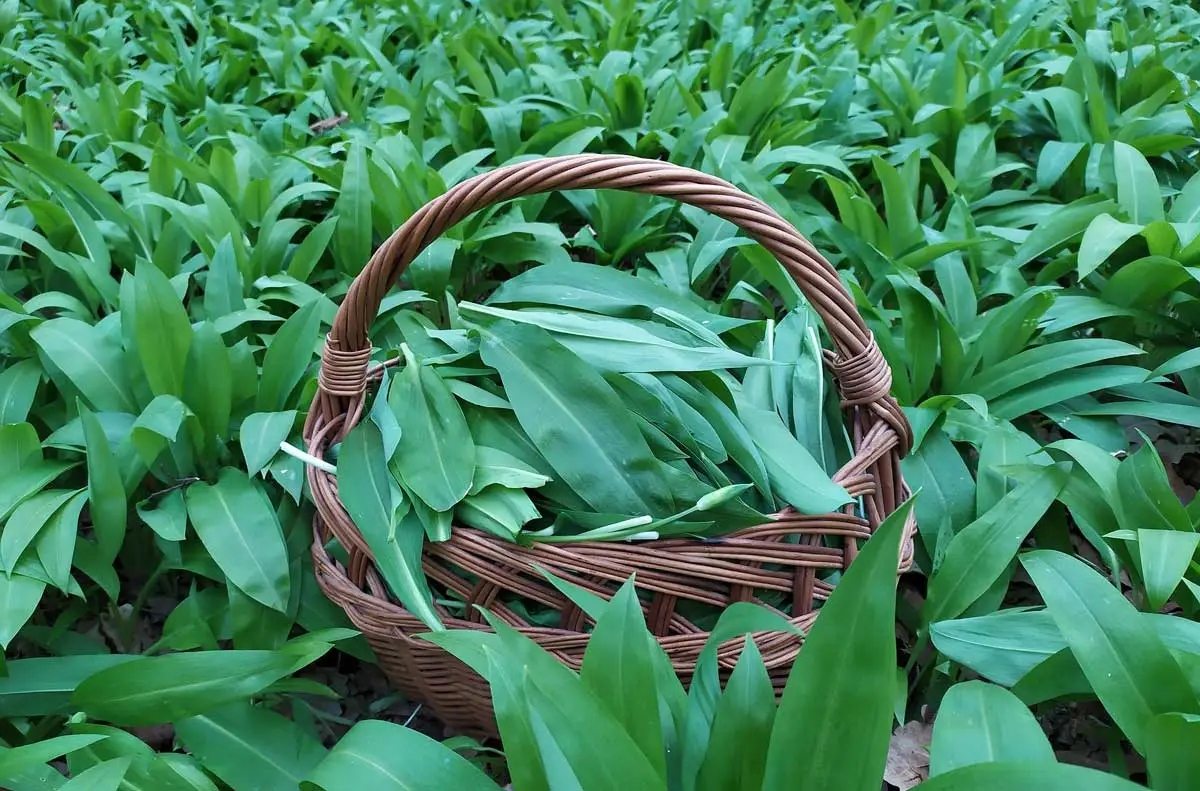
Sustainable Harvesting
While wild garlic grows abundantly in the right conditions, responsible harvesting is essential to preserve this precious resource. At TRANS FRUIT SRL, we follow these sustainable harvesting principles:
- Never harvest the entire plant; take only one leaf from each plant
- Cut leaves cleanly with scissors rather than pulling, which can damage the bulb
- Leave at least 70% of the plants in any area untouched
- Never harvest the bulbs, as this prevents the plant from returning next year
- Harvest in rotation, visiting different forest areas each year
- Only harvest from areas known to be free from pollution and pesticides
- Obtain proper permits and permissions for commercial harvesting
These practices ensure that wild garlic populations remain healthy and abundant for future generations to enjoy.
Culinary Traditions and Modern Uses
In Romanian cuisine, wild garlic has long held a cherished place in spring menus. Traditional preparations include:
- Salata de leurdă: Fresh wild garlic salad with a light vinaigrette
- Zupă de leurdă: Wild garlic soup, often made creamy with potatoes
- Pâine cu leurdă: Traditional bread enriched with chopped wild garlic
- Brânză cu leurdă: Sheep or cow cheese infused with wild garlic
- Mujdei de leurdă: A sauce similar to pesto used as a spread or dip
In contemporary Romanian cooking, wild garlic continues to feature prominently, with chefs finding innovative ways to showcase its distinctive flavor. It's now commonly used in:
- Pasta dishes and risottos
- Compound butters for finishing meats and vegetables
- Infused oils and vinegars
- Pesto and other green sauces
- Fermented preserves to extend its seasonal availability
"Wild garlic represents the essence of spring in Romanian cuisine - it's not just an ingredient, but a celebration of nature's renewal after winter." - Chef Radu Ionescu, Romanian culinary historian
Recipe: Traditional Romanian Wild Garlic Pesto
This simple recipe highlights the vibrant flavor of wild garlic while preserving it for use beyond its short season:
- 200g fresh wild garlic leaves, washed and dried
- 50g pine nuts or walnuts, lightly toasted
- 50g hard sheep cheese, grated (traditional Romanian brânză de burduf is ideal)
- 150ml extra virgin olive oil
- 1 tsp sea salt
- Juice of half a lemon
Blend all ingredients in a food processor until smooth but still retaining some texture. Store in sterilized jars with a layer of olive oil on top. Keeps refrigerated for up to 3 weeks.
Preserving the Season
Because wild garlic has such a short seasonal window, Romanians have developed various methods to preserve its distinctive flavor:
- Freezing: Blanched leaves can be frozen for later use in soups and sauces
- Drying: While some flavor is lost, dried wild garlic can be powdered for use as a seasoning
- Preserving in Oil: Makes a delicious flavored oil for dressing and cooking
- Fermenting: Traditional lacto-fermentation preserves both flavor and nutritional properties
- Salt Preservation: Layers of wild garlic and salt create a versatile condiment
Conclusion
Wild garlic represents much more than just a seasonal ingredient in Romanian culture. Its appearance marks the definitive end of winter and the return of abundance to the forests. For generations, this humble plant has nourished communities through the transition from winter to spring, offering both culinary delight and medicinal benefits.
At TRANS FRUIT SRL, we honor this tradition by responsibly harvesting wild garlic at its peak and making it available to customers who appreciate its unique qualities. Whether you're discovering wild garlic for the first time or reconnecting with a beloved spring tradition, we invite you to experience this remarkable gift from Romania's ancient forests.

